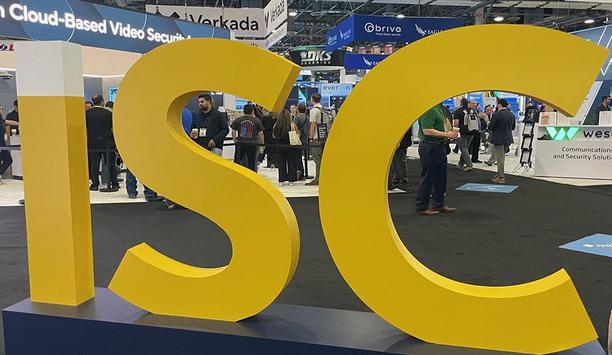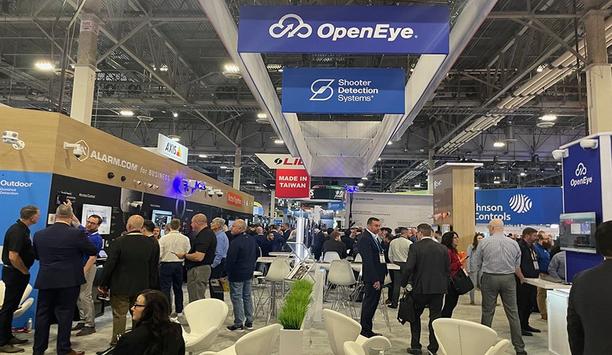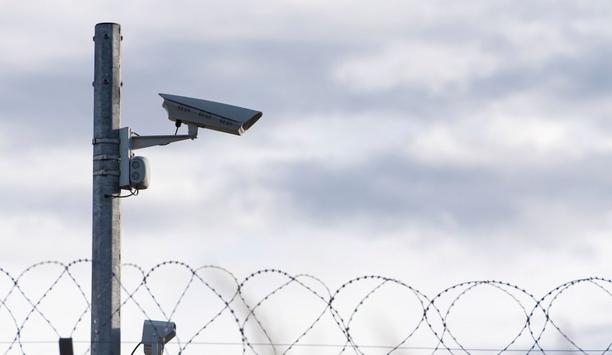 |
The impact of the IT department on physical security has been a source of discussion for years. Generally, the influence of IT on purchasing and technology decisions related to physical security systems has been seen as increasing with no end in sight.
One industry leader thinks otherwise. Pierre Racz, president, CEO and founder of Genetec, sees the clout of the IT department waning in the age of “bring you own device,” cloud services and greater intelligence at the network edge.
“People have lost faith in their IT department,” Racztold at group of industry journalists invited to Genetec's offices in Montreal. “Don't ask them to provision devices. The IT department has lost that battle. We don't want them to control our phones. We don't want them to give us BlackBerries that go through the server so they can censor our mail. We don't want them to be able to block our tablets so we can't listen to music while we work.”
Nowadays, Racz says end users go out of their way to avoid dealing with the IT department, which is often seen as an impediment rather than a resource. “Don't ask the IT department to deploy a new application,” he says. “They are so concerned about not disturbing the network that it will take them six to nine months to do anything.” Racz tells about a Genetec customer, a police department, where one end user asked for a slight change in their video system. “We said, sure, call your IT department, and he said 'please don't ask me to call the IT department!"
The wide variety of systems that now use the network makes it impossible for IT departments to become experts in each of them. IT departments don't even know how much their end user base uses the cloud, says Racz, who says there is research indicating that IT departments tend to underestimate their organisations' use of the cloud by an average of 35 percent.
“IT departments have to rethink what is their role,” says Racz. “Provisioning hardware is no longer the role because we can do that automatically. So if they persist in that, they are going to become obsolete.” With organisations seeking to become more lean and agile, Racz says “users know they have a job to do, and they're not going to let the IT department stop them.”
"As more systems go to the cloud, Racz says suppliers like Genetec can easily manage systems centrally and even make required changes to edge devices remotely" |
As more systems go to the cloud, Racz says suppliers like Genetec can easily manage systems centrally and even make required changes to edge devices remotely, thus diminishing the role of IT. Genetec is promoting increased use of “hybridisation,” referring to a combination of on-premises components and cloud services that function seamlessly. What functions happen where is invisible (and irrelevant) to the end user. He says the approach portends a “new explosion of functionality.” Racz says Genetec is already seeing the approach play out in large systems. The security industry's remaining “naysayers” about the potential of the cloud are “clueless about the challenges you face with large-scale IP,” he commented.
The economics point to greater cloud usage, too, as the costs of running a data centre increase. The cost of the computing power might represent only 20 percent of the total, the rest being the rental of floor space, cost of electricity and cooling, etc. The cloud model minimises such costs.
Managing systems through the cloud will also help suppliers close the “consumption gap,” which Racz says is the gap between the proliferating number of system features and the end user's ability to use them. Racz points to customers who prefer to keep using a software version that is five or six years old rather than change. Extra costs for suppliers enter the picture if that customer wants to incorporate a new camera, which can require supplier resources, even if a later version of the software would accommodate the camera. To manage the consumption gap, Genetec plans an approach of “continuous integration,” releasing new versions every month or less and managing the changes through the cloud at a “systemic” level. Smarter edge devices enable agility to use the approach throughout a system.









































